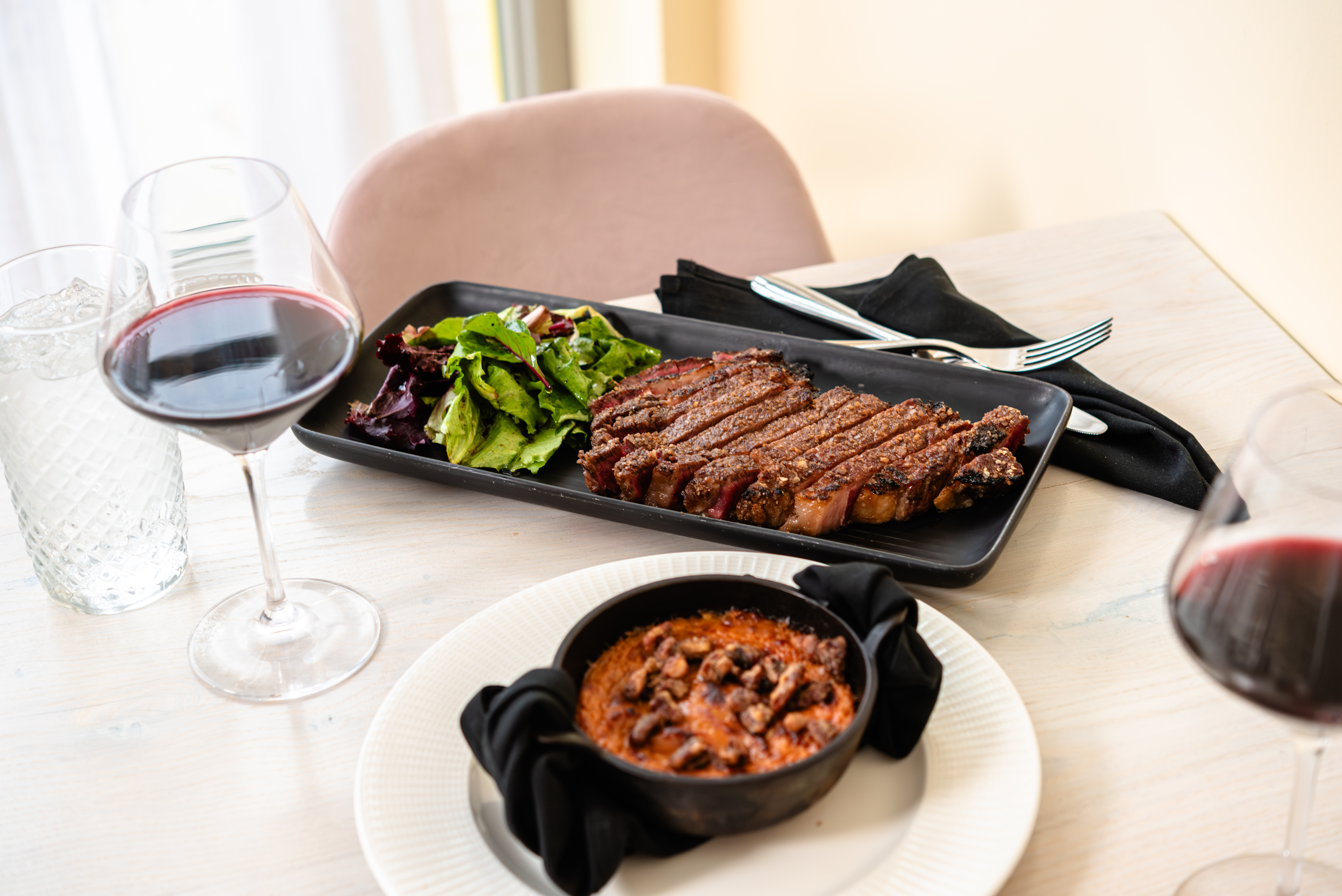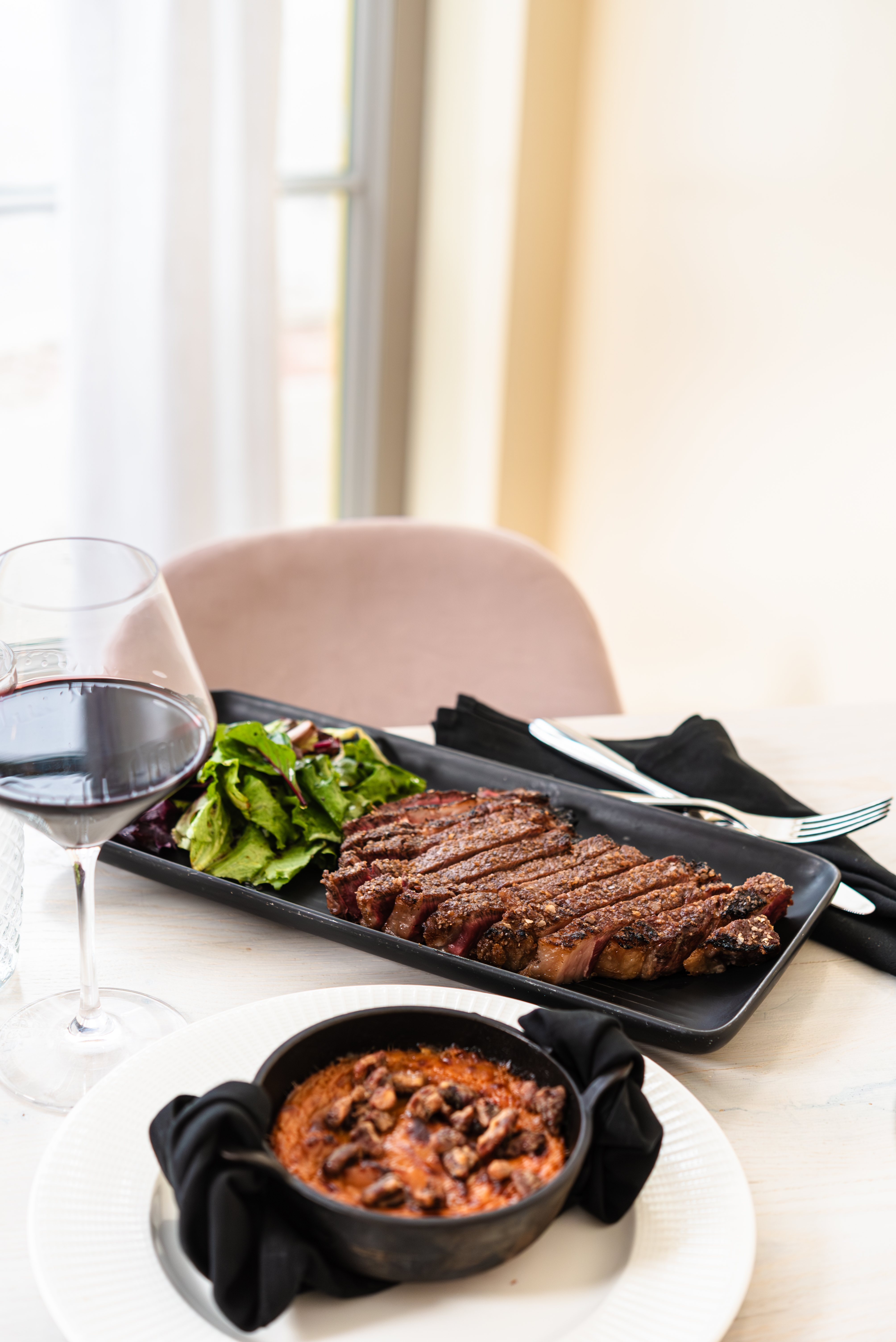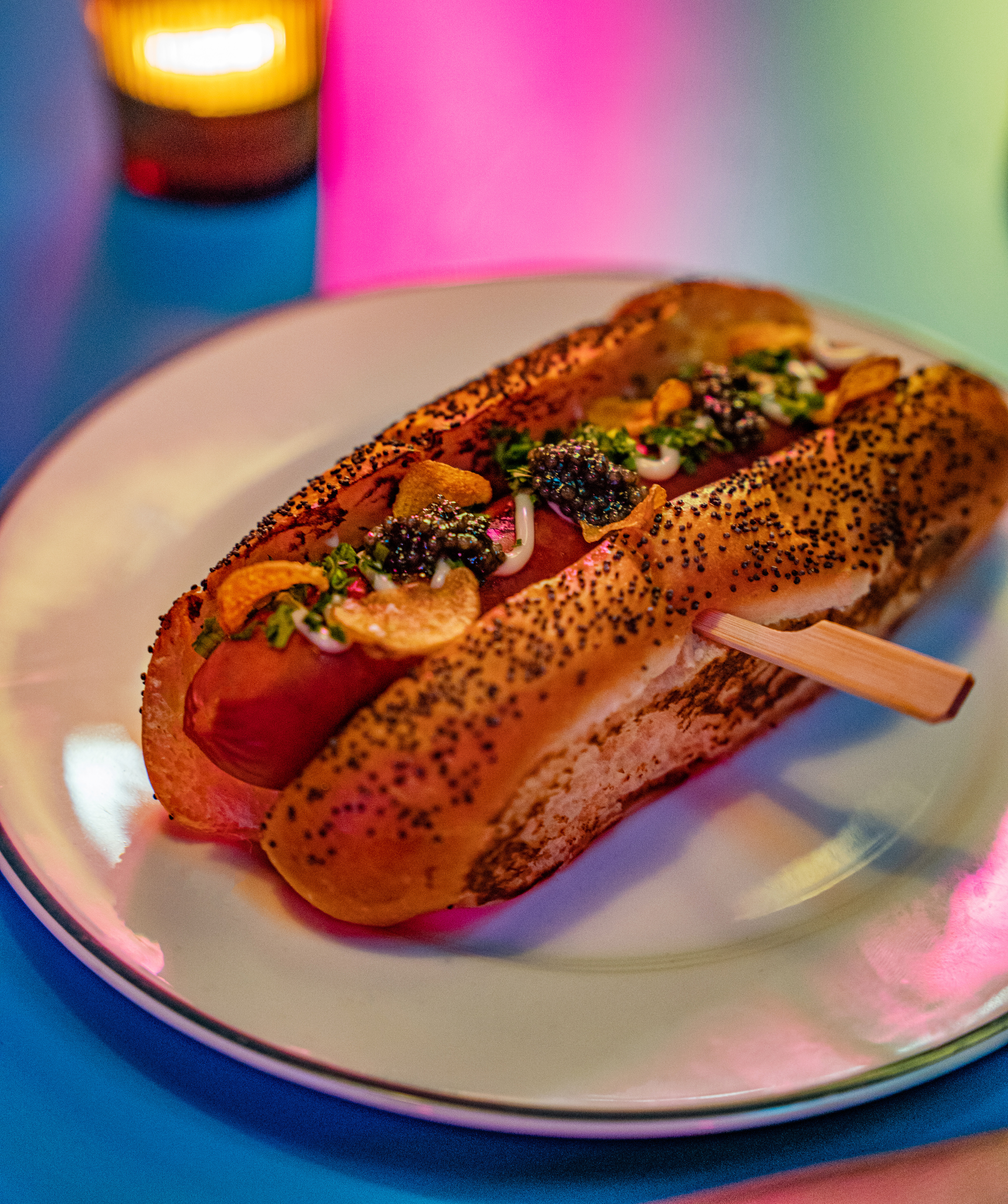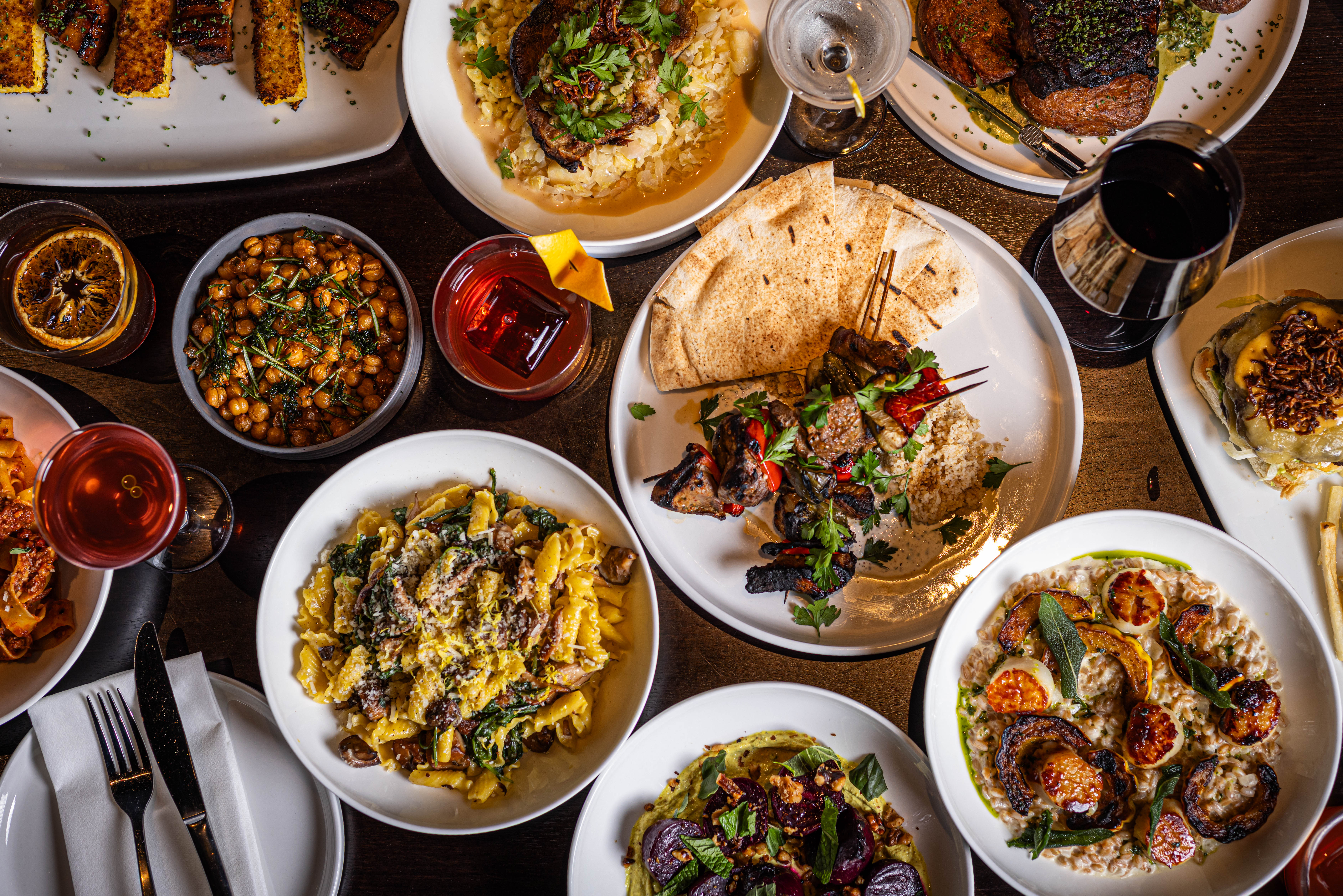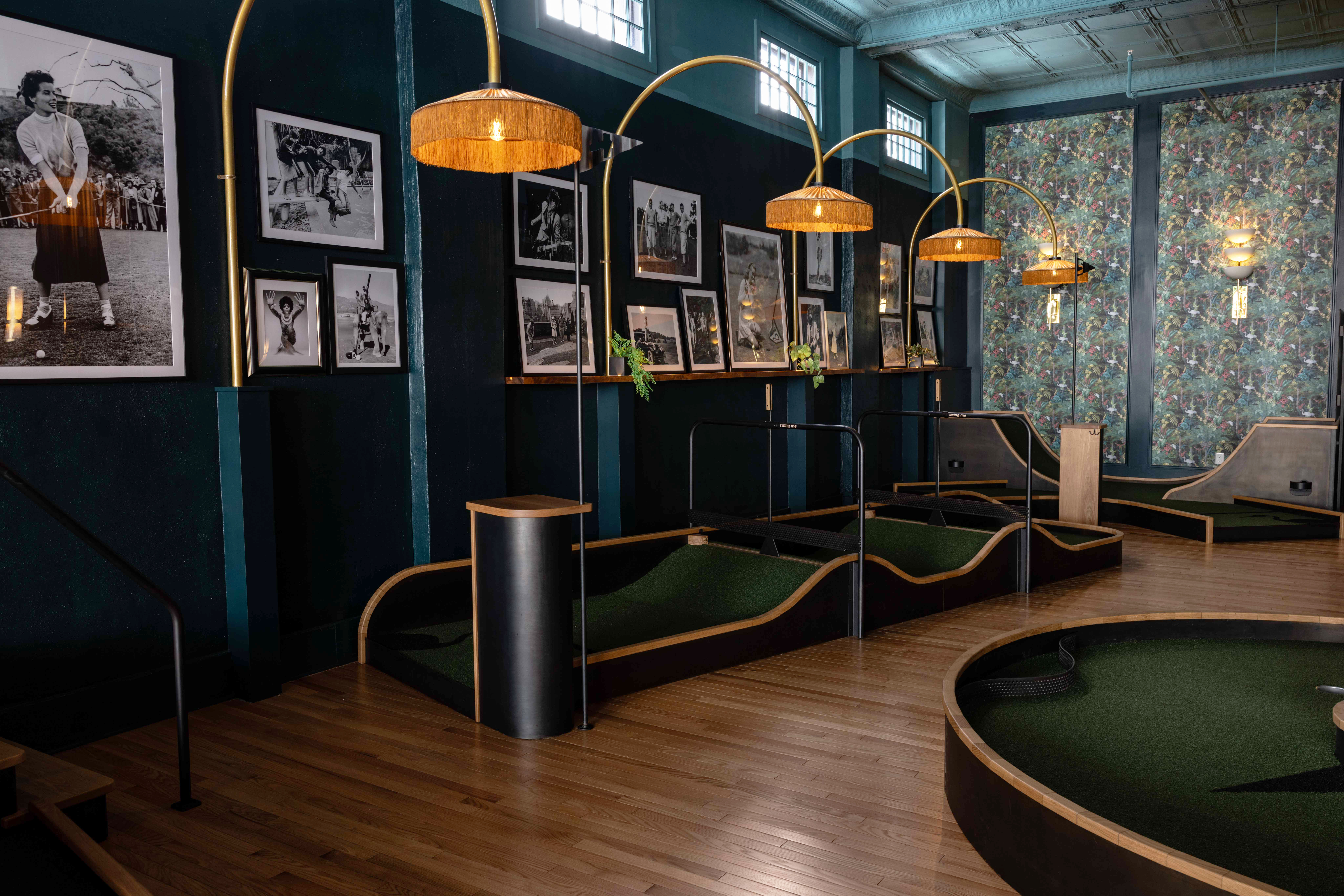A Hold Out at Dry Creek Vineyard
How Kim Stare Wallace is keeping the family business alive and well.
Jan. 30, 2006 | 5:00 AM
Midsized family-owned wineries are becoming a rare breed. A woman at the helm is even more unusual. But like a sailor who's read the wind and chosen a course, Kim Stare Wallace of Dry Creek Vineyard knows what it will take for her family's winery to thrive in an incredibly competitive market.
"It requires that we be steadfast in our convictions. We want to be who we are. This is Dry Creek Valley," the holdout told us, "and we are family-owned."
Why this isn't a surprise is because we're visiting with the daughter of Dave Stare, the visionary renegade who planted the valley's first Sauvignon Blanc, even as he was being advised against it, back in 1972.
"Now it's considered the future of Dry Creek Valley," says Kim's husband, Don Wallace, who shares the helm with her.
Dry Creek Valley's History
The valley itself is narrow and located in the northern part of Sonoma County. It stretches some 15 miles, from the town of Healdsburg to Lake Sonoma. About 150 years ago, Italian immigrants planted grapevines in the rocky slopes surrounding the valley while planting the fertile floor with cash crops of wheat, orchard fruit, hops and hay. The vines provided their table wine.
It turned out wine was the big hit, and by the 1880s, a winemaking industry was flourishing. Then in 1920 through 1933, Prohibition crushed the region's economy. The area remained largely without vineyards for several decades.
In 1972 an engineer named Dave Stare arrived from Boston, purchased an old prune orchard in the valley, ripped out the fruit trees and planted grapes. Although local experts told him to plant Chardonnay, Riesling and Gewürztraminer, Stare ignored their advice and successfully cultivated Sauvignon Blanc. His decision began the revitalization of the region's wine industry. Dave led the effort to have the valley designated as an official appellation. Today, 9,000 acres of vines and more than 50 wineries flourish in this premier wine-growing region.
Choosing a Bold Course
Kim stresses the concepts of varietal and portfolio integrity in describing the direction her family's vineyard is taking today. For example, Dry Creek Vineyard has made the decision to forego reserve label wines. History was their impetus.
"We've made the move to single-vineyard wines," Kim points out. Formerly, Dry Creek Vineyard had used the traditional reserve concept, selecting the best grapes from chosen vineyards and designating those wines as "Reserve." Now, not only is the appellation specific (see page 6), the vineyard is as well.
"With single-vineyard wines, each year is unique. Our wines tell the stories of their own vineyards," explains Kim. These include their flagship wines Fumé Blanc and Zinfandel, as well as Chardonnay, Cabernet Sauvignon and select vintages of Late Harvest Sauvignon Blanc. And don't overlook the Merlot.
"We're really excited about Merlot again," relates Wallace in the spirit of an "Antiques Roadshow" discovery.
"It's like finding a fantastic old piece of furniture that was hidden away in the attic and you say, "Wow! I forgot about this!"
We indeed found it impossible not to be enchanted by the Bullock House Merlot. Less than 500 cases per year are made from the grapes surrounding the historic home, which serves as Dry Creek Vineyard's picturesque guesthouse. Smooth and supple with cherry overtones " the iron content of that particular vineyard's soil adds this character " the Bullock House Merlot defines what a romantic wine should be.
The family's concept of portfolio integrity is all about focusing on fruit that epitomizes its category and choosing to make the wines that they love. Consider their Chenin Blanc.
"Only very few wineries make this," Kim points out. "We make it because we love it. People often don't think of this as a serious wine, but we take it seriously."
How so" Their 2003 Clarksburg Chenin Blanc won the "Grandes Expressions de Chenin 2004" award in France's Loire Valley, the very cradle of Chenin Blanc. Even more impressive, Dry Creek Vineyard was the only U.S. winery to win. The exceptional wine is dry, crisp and full-bodied. It's beautiful as an aperitif or with seafood (if you're thinking of oysters on Valentine's Day, this is your wine) and Asian food. The price is seriously affordable as well, at $12.99 for the 2005 Chenin Blanc.
Kim credits the talents of Dry Creek Vineyard winemaker Bill Knuttel. He came aboard in 2003 and promptly crafted the prize-winning Chenin Blanc.
"Bill could be the brother I never had," she smiles. "He understands the integrity we are looking for in our wines and brings along a wealth of experience."
Known for some of the most respected wines in California, Knuttel previously spent 13 years at Saintsbury and seven years at Chalk Hill Estate Vineyards and Winery.
Don't think that all of this varietal and portfolio integrity talk means the Stare family isn't adventurous. They're renowned sailors of the high seas and love a new challenge. In 2005, they unveiled Sonoma County's first Sauvignon Musqué, a unique selection of the Sauvignon Blanc grape variety. A very small number of wineries in California blend that particular grape into their Sauvignon Blancs, but it's rare to see a pure varietal version.
"We're living our dreams right now," concludes Kim. And that's something worth holding out for.
Heinen's is pleased to be carrying a limited offering of Dry Creek Vineyard's Clarksburg Chenin Blanc and Bullock House Merlot.
Trending
-
1
-
2
-
3
-
4
-
5





